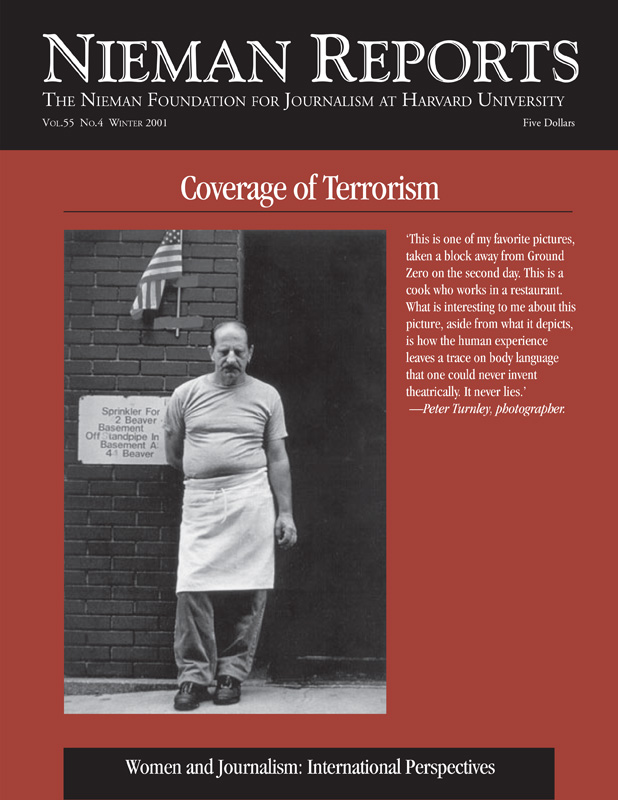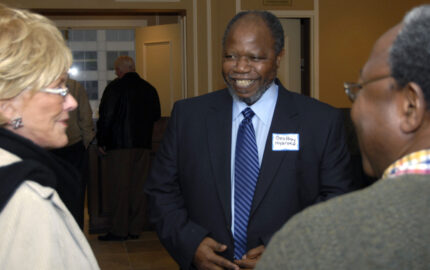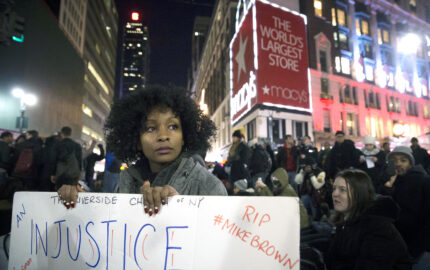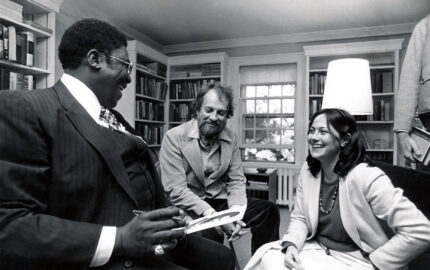There is a small committee in Santa Fe that twice each year names three people as “Living Treasures.” The name, and to some extent the content, is based on a model created by the Japanese to honor citizens for their artistic contributions. But Santa Fe honors a wider spectrum of service. There is an age Text and all photos © Steve Northup, a 1974 Nieman Fellow who lives in Santa Fe, New Mexico.requirement—over 80—but it is sometimes waved when there is worry about a recipient making 80.
Seven years ago, the committee came to me and asked that I take over the photography part of the program, doing a portrait of each treasure. I felt honored, and the Treasures Project was a precise fit into a portrait project I’ve been plugging away at for about 10 years: black and white, big negative (four by five-inch), wide-angle environmental portraits, done by available light. These living treasures seem to bring their own light to the process. For me, the best part is being able to spend hours with each of them in quiet conversation before the camera comes out of the bag.
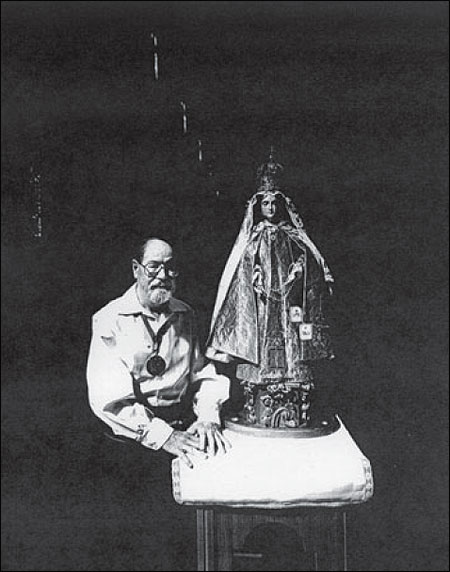
Pedro Ribera-Ortega, majordomo of La Conquistadora. The statue came to New Mexico with the reconquest of 1693.
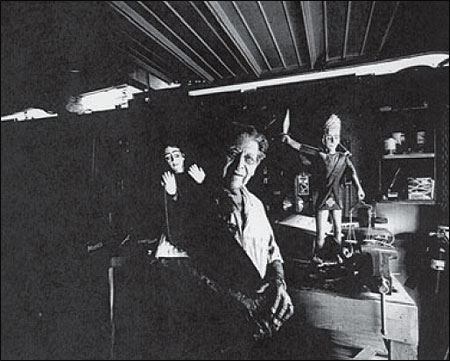
Abad Aloy Lucero at 92, Lucero continues to make furniture and carve saints.

Estafanita Martinez at a San Juan pueblo. A storyteller and linguist, she is compiling the first dictionary of her language.
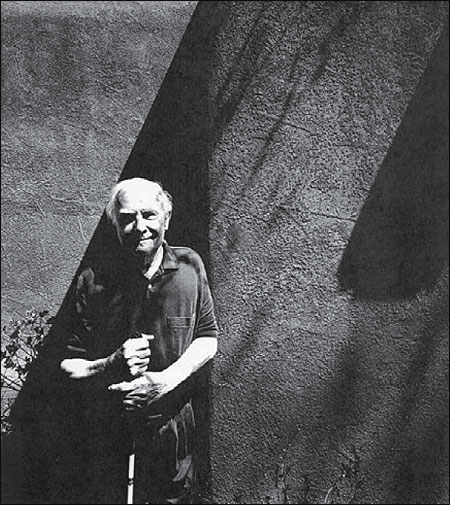
Fred McCaffrey, a long-time New Mexico newsman, went blind a few months before this picture was made.
Seven years ago, the committee came to me and asked that I take over the photography part of the program, doing a portrait of each treasure. I felt honored, and the Treasures Project was a precise fit into a portrait project I’ve been plugging away at for about 10 years: black and white, big negative (four by five-inch), wide-angle environmental portraits, done by available light. These living treasures seem to bring their own light to the process. For me, the best part is being able to spend hours with each of them in quiet conversation before the camera comes out of the bag.

Pedro Ribera-Ortega, majordomo of La Conquistadora. The statue came to New Mexico with the reconquest of 1693.

Abad Aloy Lucero at 92, Lucero continues to make furniture and carve saints.

Estafanita Martinez at a San Juan pueblo. A storyteller and linguist, she is compiling the first dictionary of her language.

Fred McCaffrey, a long-time New Mexico newsman, went blind a few months before this picture was made.
